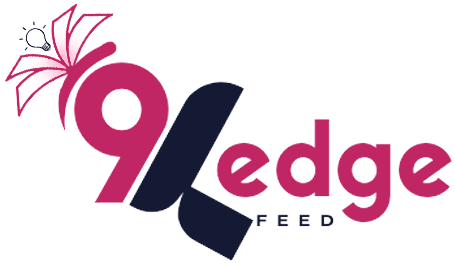Picture a reality that involves the threads in your clothes narrating tales of tradition, strength, and innovation. Welcome to the blooming clothes and denim industry in Pakistan. Journey of the Growth and Transformation of Pakistan’s Textile Industry From Its Historical Roots to Current Global Impact.
Historical Background
Prehistoric Period We get glimpses of the background of the textile industry in Pakistan been traced back to the oldest civilization known to man, the Indus Valley Civilization. Employees in this period proved expert in the spinning of cotton fabric, which has been inherited through generations of times.
Colonial Era: During the colonial period Britain dominated the textile sector in the region and received a new face. The British brought changes in the methods of production through the introduction of new technologies, which are considered the basis for the modern-day textile industry.
Growth after Independence During the post-independence period for Pakistan starting from 1947, Pakistan concentrated on the textile industry. The government set up textile mills and while there were difficulties in the early years the development of this sector started.
Evolution of the Denim Industry
Introduction of Denim Denim, a sturdy cotton fabric, became popular in Pakistan in the late 20th century. Initially used for workwear, it quickly gained popularity for its durability and style.
Growth and Development Over the years, Pakistan’s denim industry has grown significantly. The country is now among the largest producers of denim fabric in the world today.
Major Players Several leading manufacturers, such as Artistic Milliners and Soorty Enterprises, have put Pakistan on the global denim map. These are some of the best firms especially when it comes to quality production and facilities in the market. Artistic Milliners are also famous to manufactured from recycled material.
Current State of the Industry
Market Size and Revenue The textile and denim industry is a major contributor to Pakistan’s economy. Over the past few years, the pottery industry has brought billions of dollars in its total sales and a good percentage of the earnings are from exportation.
Employment and Economic Influence The industry offers direct employment to millions of people and therefore acts as one of the biggest sources of employment in the market. According to the fact, it also significantly contributes to the country’s gross domestic product – GDP.
Export Markets Pakistan exports textiles and denim to many countries, including the United States, Europe, and China. These exports are very essential in generating foreign exchange for the country.
Technological Advancements
Modern Manufacturing Techniques The industry has embraced modern manufacturing techniques, such as digital printing and automated cutting. These have enhanced the effectiveness and standard of the products being produced out there.
Sustainable Practices Many companies are now focusing on sustainable practices. The usage of environmentally friendly materials and consumption methods is another evidence of the impact the organization is making on the environment.
Challenges and Opportunities
Present Problems Nevertheless, there are issues that this industry is experiencing at the moment. These are the likes of energy shut-down, competition from other countries, and, economic instability.
Future Opportunities There are many growth opportunities. Therefore, with technology that is being put in place and practices that are being adopted by the companies, the industry can grow and spread to other countries.
Insights and Analytics
Consumer Trends Consumer preferences are shifting towards sustainable and ethically produced clothing. This aspect has the potential to be filled by Pakistani manufacturers since this market continues to expand.
Market Projections Experts predict that the textile and denim industry in Pakistan will continue to grow. Another important factor to consider is that if the right investments and policies are made then it can get even better.
Case Studies Companies like Gul Ahmed and Nishat Mills have shown remarkable growth and innovation. These success stories are inspiring to other people in that particular industry.
Conclusion
Pakistan’s clothes and denim industry has come a long way from its ancient roots. Today, it is seen as a tradition, strength, and creativity. With the use of contemporary methods and more focus on sustainable methods, the profession has a promising future. We should promote local brands and sustainable practices to continue having such industries in our society.



